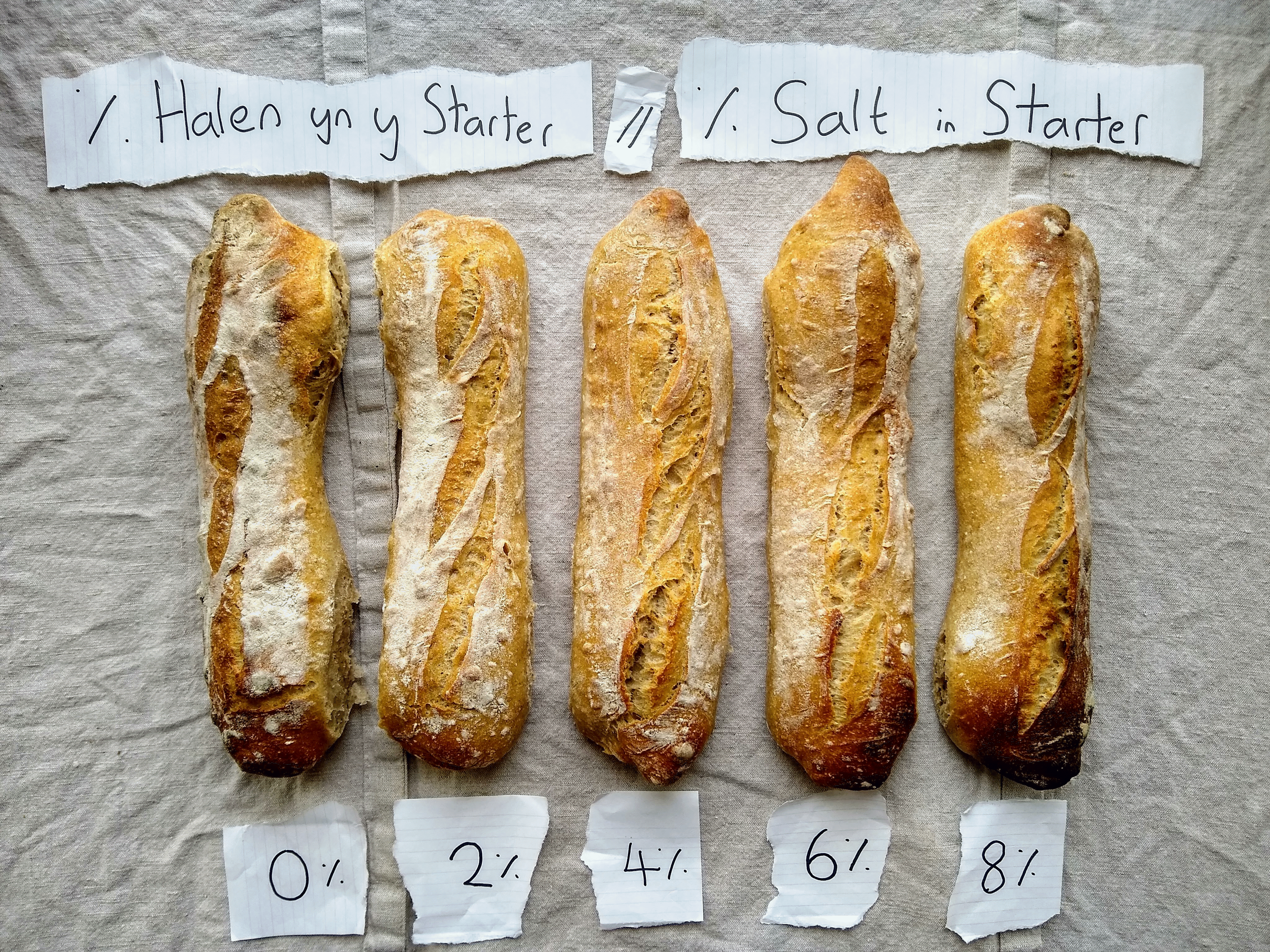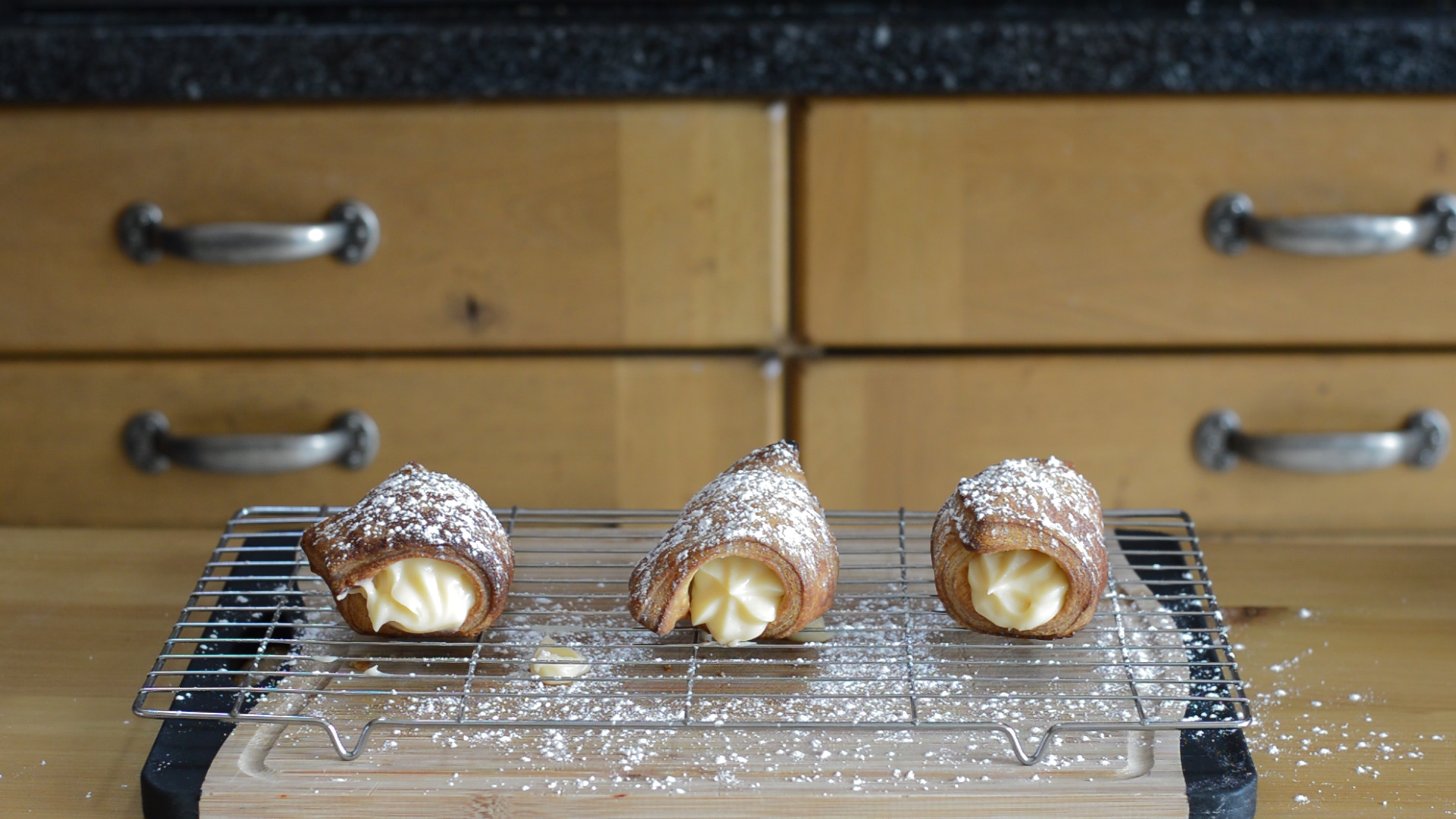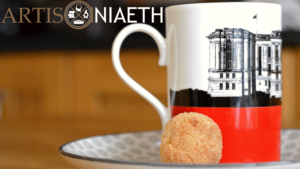Eggs. The backbone of the kitchen. Young and old, toddler to Michelin, we’re all ovivorous beings.
Perhaps you’ve just had some scrambled eggs for breakfast, or braving the stink of an egg mayo sandwich for lunch. Or maybe there’s just nothing in the fridge, but it’s OK, because there’s always omelet, or a quick quiche, for dinner.
It’d be appropriate then, that the first deep dive article on Atrisaniaeth, should be on eggs. They are, after all, simultaneously the most complex, and the most commonplace ingredient there is.
An Egg-stream Dichotomy
“You couldn’t boil an egg” , whilst, conjuring a macaron, or hot soufflé is considered wizardry.
Any sufficiently advanced technology is indistinguishable from magic. – Arthur C. Clarke
That isn’t to say that eggs are beyond our comprehension. It simply means they’re complex and bipolar by nature.
By definition, an egg is its self an ingredient of ingredients; the yolk, and the whites. Whilst yolks are a 50/50 blend of water with various fats, proteins and mineral compounds, the whites, or albumen, are almost 90% water the remainder being pure protein. However, taken as a whole, the yolk and albumen contain equal amounts of protein, sharing the egg’s overall protein content 50/50.
Protein then. It’s important! It’s why eggs end up everywhere from cakes and tarts to soups and fry ups. They’re long chains of Hydrocarbons, bonded with all sorts of functional groups. These groups are what produce such wide varieties of protein interaction, and which give life to us, and to our food.
Teggnology at Work
Heat, is the most basic protein manipulator, a measure of the kinetic energy possessed by all molecules within a given substance. The hotter something gets, the faster, and more energetic it’s molecules become.
With regard to proteins, heat can cause many different things to occur. Firstly, the protein’s structure can change. Due to their sheer size, proteins will often have unbalanced charges running along their lengths. This leads to the protein bunching and knotting its self up, as different sections of the protein are attracted and repelled by one another. Heating a protein and increasing it’s energy can therefore allow the protein to overcome these forces between sections, causing it to unfurl, like a loose shoelace on a long run.
Once a protein has unfurled, the unbalanced charges along it’s length will be free to bond in new ways and with other proteins. This is another affect heating has on protein. Not only does the protein have the energy to untangle its self, but it can also move around more, increasing the probability of it colliding with another unfurled protein and bonding with it.

If you imagine this scenario, you can start to see why eggs tend to solidify as they’re heated, with egg proteins unfurling, colliding, and bonding as heat is applied and their energy increases. This is what leads to coagulation, where the egg sets into a semi sold structure and is no longer a liquid.
The differing protein types and concentrations in our eggs also means that there’s no clear cut temperature at which an egg is ‘done’, instead, you have a temperature spectrum:
|
Cooking Process
|
Temperature
|
|
Whites thicken
|
145ºF/63ºC
|
|
Whites become solid (ovotransferrin, 12% of total albumen protein content)
Yolk starts to thicken
|
150ºF/65ºC
|
|
Yolk Sets
|
158ºF/70ºC
|
|
Whites become firm (Major albumen protein, ovalbumin, coagulates)
|
180ºF/80ºC,
|
Given the evidence, it’s no wonder why so many myths and supposed rules are circulating about eggs, and why precisely manipulating eggs, is such a challenge for cooks
Today, we’ll really crack open our eggs, to see exactly what’s going on beneath that fragile shell of theirs.
Fat
Why ‘milk, or butter?’ in scrambled eggs. It’s a debate that’s been raging for decades. Look for the perfect scrambled egg recipe, and you’ll find no more agreement between them than you would the worst recipe.
One thing you will notice, however, is that the best scrambled eggs, will always contain fat.
Why? What magical property does fat possess that produces such an improvements?
It’s all in the protein.
We already know that when eggs are heated, protein inside will begin to unravel and bond, leading to coagulation. However, as we continue heating, beyond coagulation, the proteins tighten, and the eggs split, into big, chewy curds.

Heating increases the chance of a chemical bond forming between two proteins. Whilst this is happening, water in the eggs is turning to steam, contributing to the ‘fluffiness’ that we look for. Meanwhile, some moisture is retained, lending a tenderness to the cooked eggs. However, as cooking continues and more bonds form, the protein network tightens, and water is forced out, leading to the a dry, overcooked texture.
So what’s fat to do with all this?
 Fat, as it turns out, coats protein. Although not quite as strong as protein-protein (covalent) bonds, fat and protein will loosely bond via inter-molecular (Van der Waals) forces from charge imbalances.
Fat, as it turns out, coats protein. Although not quite as strong as protein-protein (covalent) bonds, fat and protein will loosely bond via inter-molecular (Van der Waals) forces from charge imbalances.
The result is protein-protein bonds won’t form as readily in the presence of fat. This slows down the bonding process, leading to greater water retention between protein, resulting in fluffier eggs

This is why dairy added to eggs produces tender, fluffier cooked eggs. But there is a limit to how much we can add. Adding milk, for example, increases the water content of the eggs, thereby significantly increase their heat capacity and hence, cooking time. On the one hand, this is good for scrambled eggs as it will generate more steam and have more moisture to retain, however, for an omelet, which needs to be more compact and foldable, the added liquid will prolong the cooking time, toughening the omelet.
This is why omelet recipes will more often ask for you to butter the pan, instead of the eggs. Butter has a much higher fat to water ratio than milk (around 4:1, as opposed 1:30!). Once eggs are added to a buttered pan, the butter disperses throughout the egg, coating the protein in fat and producing a tender omlet, without significantly increasing its cooking time.
(An even craftier trick is to use frozen butter in the pan as it will melt slowly and disperse more evenly throughout the eggs as they cook).
Salt
The greatest myth maker of them all. Whilst some chefs salt all their eggs, others won’t let a grain near them until the dish is seconds from service.
What are we to make of all this then? The answer, as always, is in the science.
Salt, as we all fondly recall, is defined as an ionic compound formed of two charged ions, a negative anion, and positive cation. In the case of table salt, we have a Sodium cation sharing an ionic bond with a Chlorine anion.

These ions effect egg proteins in two ways, influencing the intermolecular (force between) and intramolecular (force within) interaction between proteins.
Firstly, let’s look at the intramolecular forces. When we add table salt to uncooked egg, it dissolves, splitting into it’s constituent Sodium and Cloride ions. These ions will then seek out and neutralise regions of opposing charge, which occur all along the length of the egg proteins. With charge imbalances neutralised, sections of the protein will no longer attract one another, allowing the protein to unfurl.

Secondly, Sodium cations will attract the overall negative egg proteins, which converge around them. Easier convergence means greater intermolecular interaction between proteins, meaning salted eggs coagulate more readily, and at a lower temperature, than unsalted eggs. Salt therefore behaves as a catalyst for protein interaction, lowering the energy required for two proteins to interact.

However, it also makes overcooking more difficult as the ions that bring the proteins together also act as a buffer, keeping them from getting too close. This inhibits the protein network from becoming too tight, so your eggs stay creamier and fluffier for longer.
So there’s your answer! Science (and some pretty heavy science at that) has answered our prayers! You should be salting your eggs before cooking to help maximize water retention and minimize cooking time for even more tender and fluffy results.
Vinegar, Lemon Juice and other acids
Another culinary quirk of electrostatics for you here. If salt is such a controversial topic that’s all about the ions, why isn’t acid on the top 10 kitchen controversies scale?
Lemon curd is all I can say to that.
Courtesy of On Food and Cooking, and a scrambled egg recipe from Le Patissier françois, it turns out that lemon curd started life as a sweetened scrambled egg recipe that used sour grape juice instead of milk, and which stated that lemon or orange juice could also be used. What these three juices have in common is that they all contain acid. Sour grapes contain ethanoic acid from the oxidization of ethanol (which is its self a by product of glucose and fructose fermentation performed by wild yeast present on the grape’s skin) and both lemons and oranges naturally contain citric acid.

Acid, at its most fundamental, is a liquid containing Hydrogen atoms. Hydrogen atoms that all have their electrons missing in fact, which means they’re just protons, floating units of positive charge.
Just like liberating those free Sodium cations from salt, adding an acid to eggs introduces a slew of positive charges to the egg proteins. The stronger the acid, the higher the concentration of ions. The Hydrogen ions then act like the salt, lowering the coagulation temperature, preventing overcooking.
This is how lemon curd forms. With high concentration of water and Hydrogen ions present, heated eggs will simply refuse to bond fully. Instead, they’ll form a gel that we refer to as a curd.
Sugar
As revered as it is in the baking world, sugar in eggs behaves very similar to fat, as an impurity. The presence of large sugar molecules physically getting in the way of the proteins serves to inhibit protein interaction. This then means that adding sugar to eggs will increase their coagulation temperature, inhibiting curdling and overcooking.
Interestingly however, sugar also inhibits egg proteins from initially unfolding by increasing the intramolecular forces binding proteins to themselves. This makes it even more difficult to curdle eggs with sugar added to them.
One thing that sugar does do better than anything else however is attract water. Sugar (or sucrose) is a polar molecule, meaning it has both a positive and a negative charge. Sugar also strongly attracts water, another highly polar molecule, making sugar hygroscopic, water attracting.
This lends its self well when making a meringue due to the hygroscopic properties of sugar, which prevents egg foams from leaking. An article topic unto its self, and maybe, for another day!
Starch
Starch, like fat and sugar, bulks up the egg mixture, diluting the protein concentration thereby increasing egg coagulation temperature.
Starches are particularly effective due to their sheer size. They’re large, spherical granules, that, much like a food science bouncer, will simple block interactions from occurring.

One interesting thing about starch however is that when heated, they’ll release some of their own trapped molecules. One such molecule is amylose, a long chain sugar that’s released from the starch granule and much like a tentacle, will coat the egg proteins to make it even more difficult for a protein network to form.
This is why egg custards can be heated to 82°C before thickening whilst eggs will coagulate around 65°C. This doesn’t make it any easier however as all you’ve done is increased the temperature at which the custard will curdle to a higher, less manageable temperature. This is one of the reasons why being able to make a smooth egg custard is such a valued skill, and why baked custard such as crème brûlée are so delicate.
There’s always more to learn…
So there you have it, the answer to the perfect scrambled egg! If your feeling adventurous though, you can tackle our Lemon Curd recipe and let know how you get on in the comment. But for now go out and utilize your newfound egg theory. Brunch domination is now firmly in your grasp.




